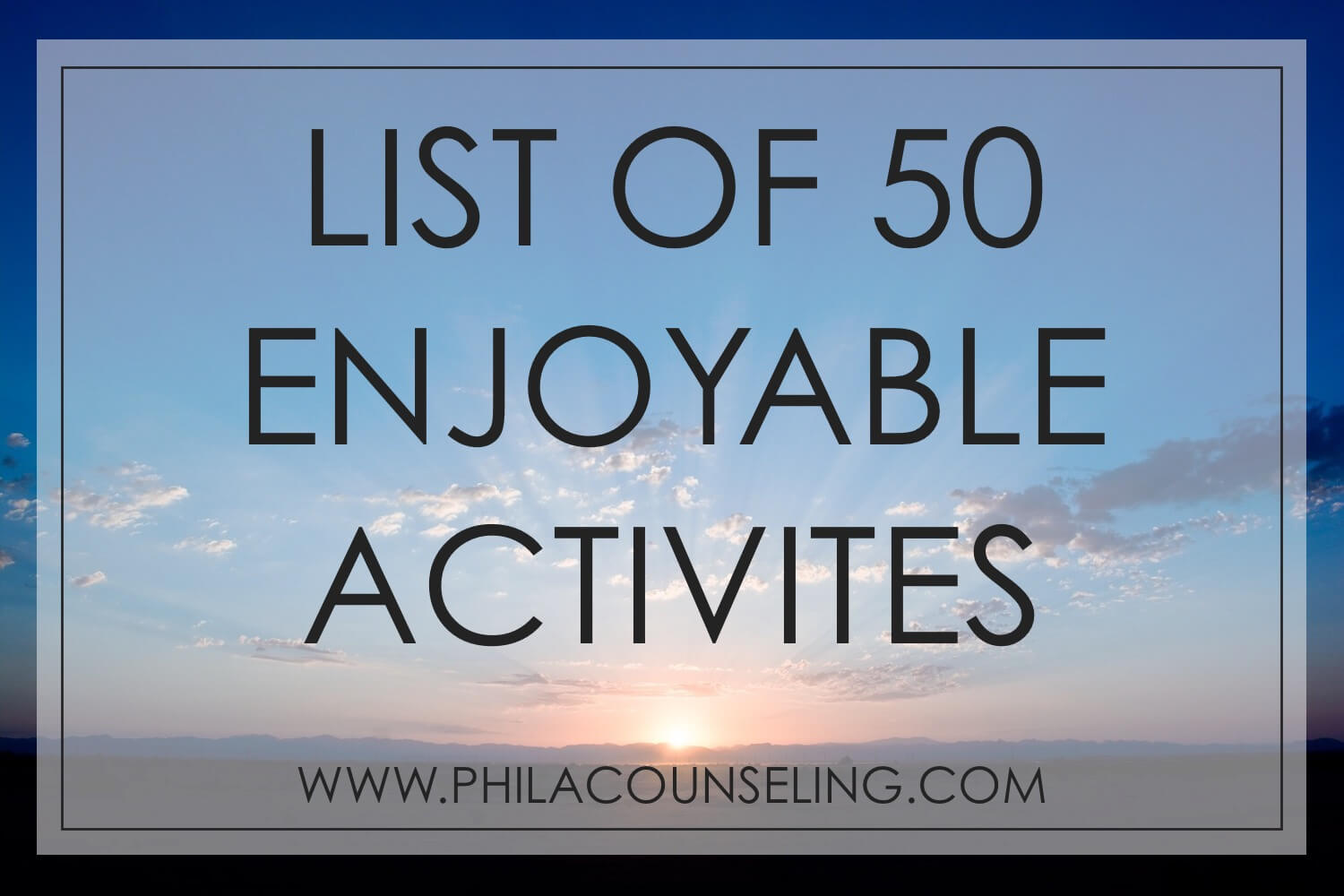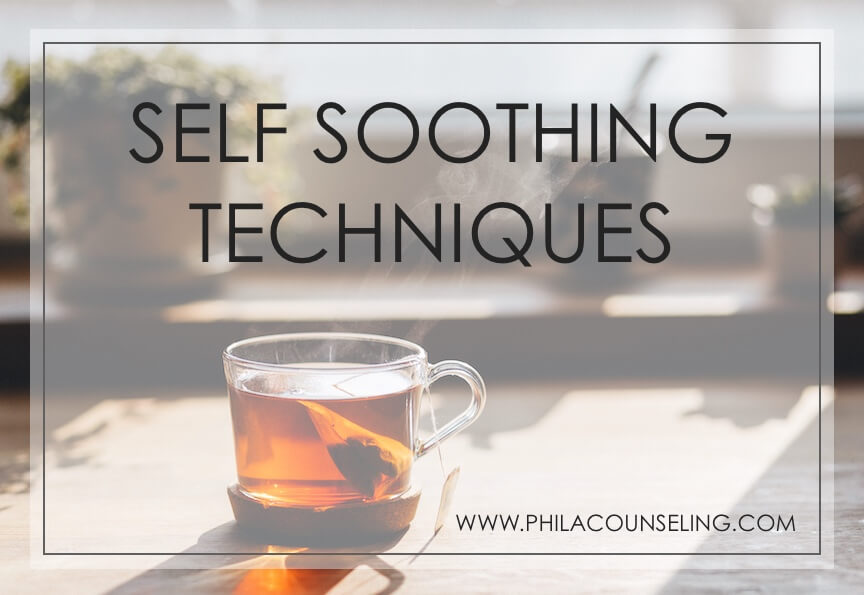When you notice early anxiety cues, using a relaxation technique can prevent anxiety symptoms from spiraling. Visual imagery can be an effective relaxation technique.
This technique involves closing your eyes and visualizing yourself in a peaceful setting. You can choose any setting that you find pleasant and relaxing. It may be, for example, a quiet beach, a fireside on a cold night, or the base of a waterfall in the middle of a forest.
Imagining yourself in a very peaceful setting can give you a global sense of relaxation and actually produce physiological changes, such as slowed heart rate, deepened breathing, and decreased muscular tension.
The key to effective use of this technique is to visualize the scene in sufficient detail so that it completely absorbs your attention. I recommend writing out a visual imagery script to read when first starting to practice this relaxation technique. A script will support you in including detailed sensory information (i.e., what you can see, hear, touch/feel, taste, smell) to help you fully imagine yourself in the relaxing scene. Over time, you will be able to remember enough of these details to guide yourself through visual imagery without referencing your script.
Practice Visual Imagery by Following these Instructions:
Identify a pleasant, relaxing, peaceful image.
Write out a detailed description of this scene. Try to include information about all five of your senses, describing what you would see, hear, smell, feel, and taste in this setting.
Then slowly read through your visual imagery script, pausing to visualize the scene throughout your reading. Alternatively, you may consider recording yourself reading your visual imagery script aloud and then listen to the recording to practice using the visual imagery technique.
Remember to picture yourself as if you are actually in the situation, rather than watching yourself as a third party observer.
After you have become familiar with your visual imagery script, close your eyes and slowly guide yourself through your detailed visual imagery. Don’t worry about matching every detail of your script, just try to evoke as detailed an image as possible. Aim to continue imagining yourself in the peaceful scene for at least 20-30 seconds, or choose to use the technique longer if anxiety has been high.
Turn off the image and focus your attention on the feelings of relaxation that the image created.
Ask yourself whether you were able to:
Vividly imagine yourself in the peaceful scene?
Keep it vividly imagined throughout the time devoted to this relaxation exercise?
Eventually turn the image off and just focus on the relaxation sensations in your body?
Repeatedly practice using visual imagery until the above criteria are met.
FEATURED POSTS:








